Since the start of the year, politicians and central bankers have been promising a collapse in the inflation rate. But monthly data kept rolling in, and the rate remained in double digits. This put even more pressure on the data this morning, published by the Office for National Statistics, with the Bank of England (BoE) making clear in its last report that April’s figures would turn the corner on price hikes. Unlike its previous predictions in this inflation saga, it seems the BoE has managed to get this one right.
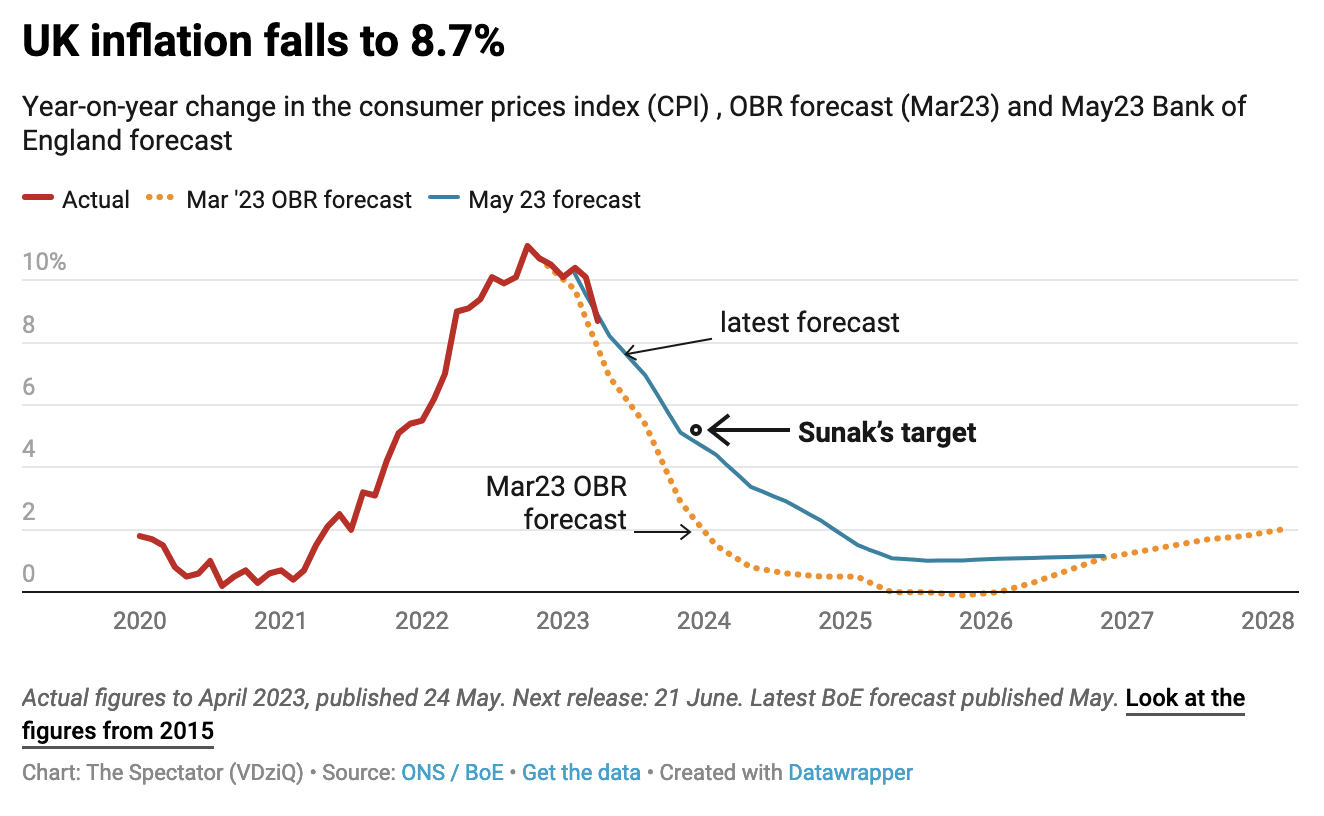
Prices rose 8.7 per cent on the year to April – still a staggeringly high figure, but down from 10.1 per cent in March. The main driver of the rate fall was gas and energy prices, as last year’s hefty uplift to the energy price cap fell out of the annual estimates. The collapse in energy bills is stark: with monthly gas prices ‘falling by 1.0 per cent between March and April this year, compared with a rise of 66.8 per cent between the same two months a year ago’.
While the drop in the inflation rate follows the BoE’s latest set of forecasts rather neatly, this has not so much restored the Bank’s credibility as proven an exercise in damage limitation. The rate fall is actually less than expected (the consensus was closer to 8 per cent) and remains more than quadruple the Bank’s target. And while a fall in energy costs was baked in, price rises in other areas continue to off-set those falls somewhat: food inflation is still skyrocketing, with the rate down by just 0.1 per cent on the year between March and April, from 19.1 to 19.0.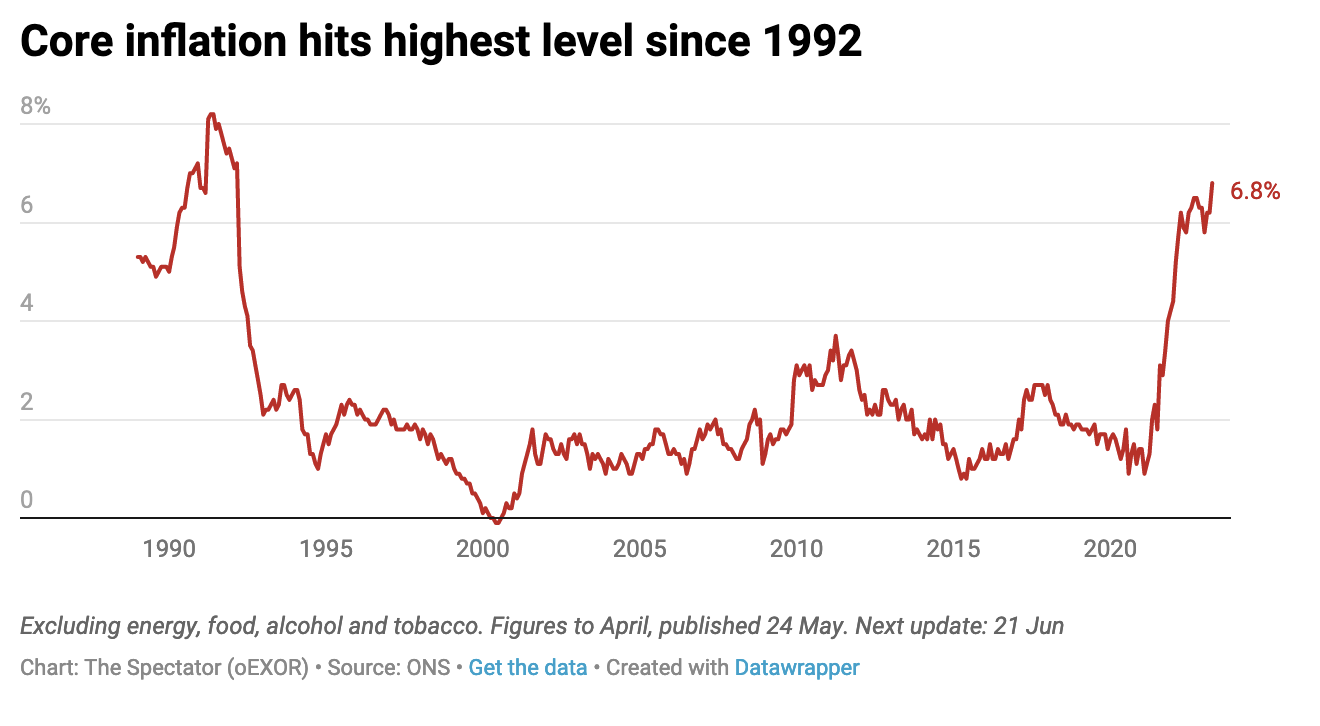
Most importantly, core inflation (which excludes food and energy) actually shot up: from 6.1 per cent on the year to 6.8 per cent, reaching its highest level since March 1992. This is the figure that will concern the BoE most, as it suggests inflation may be far more embedded than originally thought, at a much higher rate.
Price hikes around services – rising from 6.6 per cent on the year to 6.9 per cent – suggest that consumer demand remains relatively high, with the weight of the Bank’s interest rate hikes still not fully felt. Capital Economics estimates this means another 0.25 per cent rate hike; although the dovish tendencies of the Bank could mean that the Monetary Policy Committee uses the headline rate to try to justify holding rates at their next meeting in June.
But those ‘persistent pressures’ that the Bank has warned about several times remain glaringly obvious. The last BoE report forecast the inflation rate would get down to around 5 per cent by the end of the year (the IMF’s new forecasts this week also expect the rate to hover around 5 per cent on the year in December 2023). That’s going to be near impossible with core inflation stuck above 6 per cent, and seemingly on the rise. While the headline news today will reflect a more positive headline rate, today’s update proves yet more evidence that underlying inflationary pressures are far worse than anyone originally expected.
Got something to add? Join the discussion and comment below.
Get 10 issues for just $10
Subscribe to The Spectator Australia today for the next 10 magazine issues, plus full online access, for just $10.


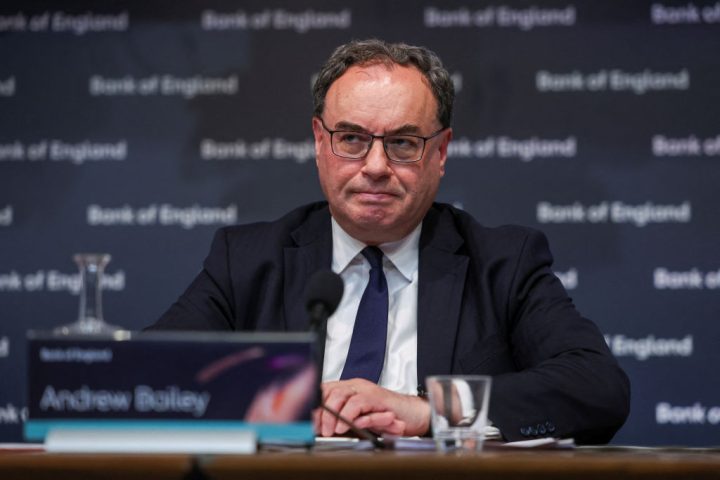
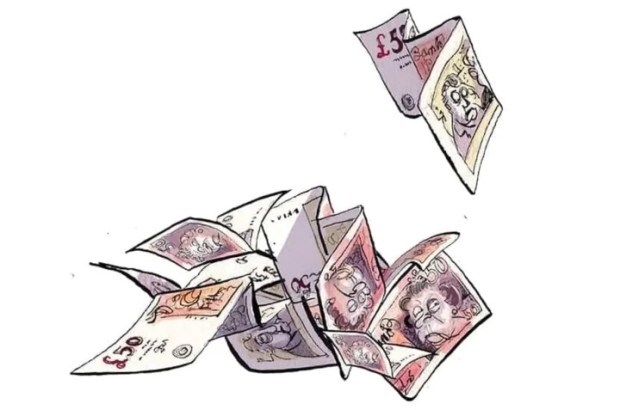
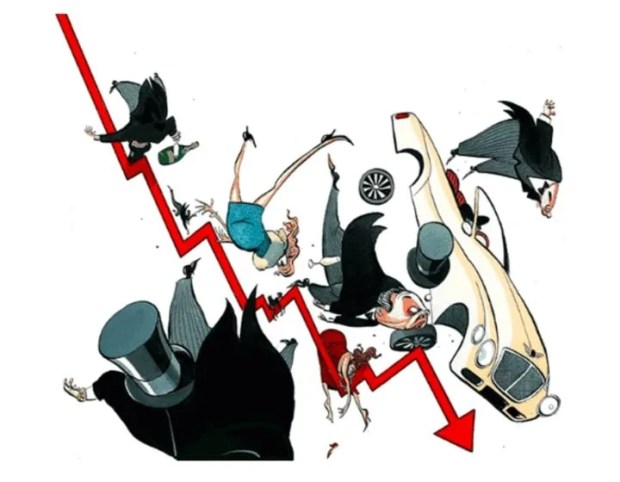
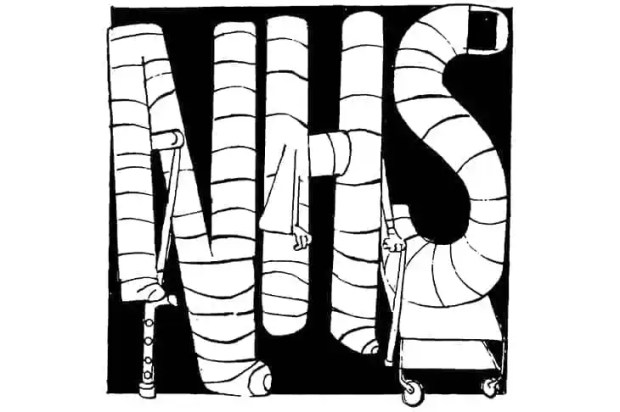
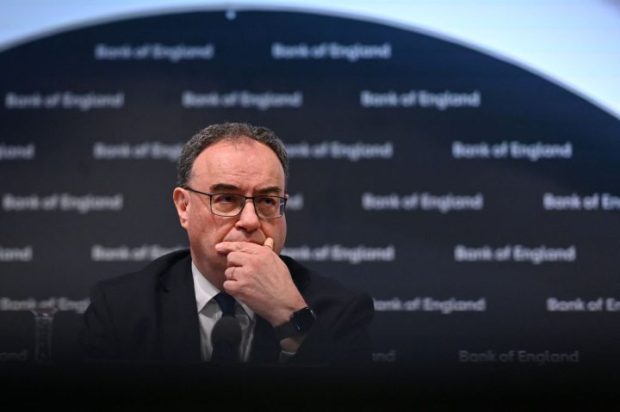
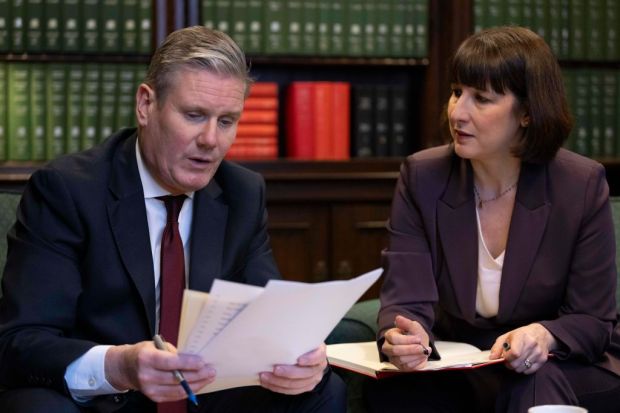












Comments
Don't miss out
Join the conversation with other Spectator Australia readers. Subscribe to leave a comment.
SUBSCRIBEAlready a subscriber? Log in